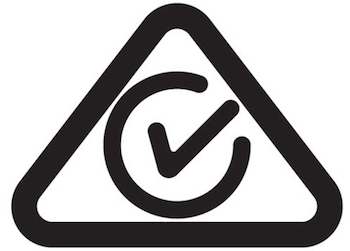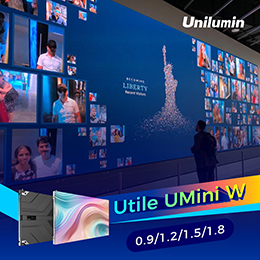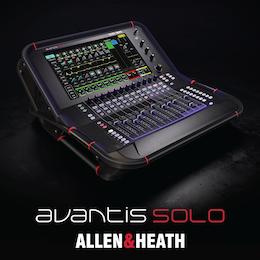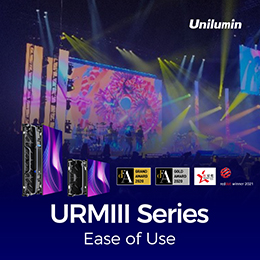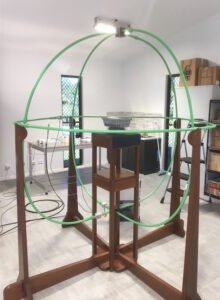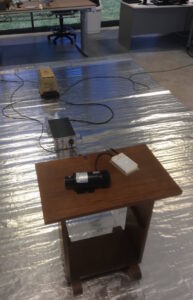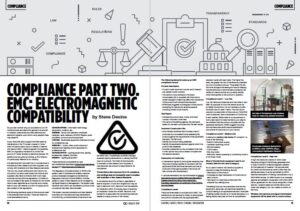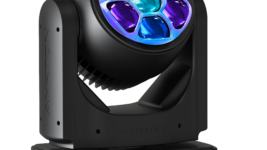Subscribe to CX E-News
Compliance
Compliance Part Two. EMC: Electromagnetic Compatibility
by Steve Devine.
Do you ever wonder why you are asked to turn off mobile phones and electronic games in an aircraft or hospital, where there are other electrical and electronic systems upon which many people’s lives may depend?
Is your favourite radio programme interrupted by interference or the TV screen covered in ‘snow’ when someone uses a vacuum cleaner or electric drill nearby? EMC – Electromagnetic Compatibility. EMC is a regulatory framework to control the amount of ‘noise’ emitted by electrical devices. PA systems are very good at picking up this noise so it’s particularly relevant to our industry.
Any electrical item imported into or manufactured in Australia and New Zealand and then supplied must comply with Australian and New Zealand standards. This not only covers distributors who import a lot of product, but also a sole trader who imports and supplies a few items to friends. Both must make sure they comply with the regulations. A mobile DJ who purchases a few lights on Alibaba for his mobile disco is also regarded as an importer and a rental, even on your own events, is a form of supply and is also subject to the regulations.
The following standards apply to the products used in the entertainment industry. There are others for more specialised product.
AS/NZSCISPR32 – Information technology equipment, modems, etc.
EN55032 – Sound and television broadcast receivers, radio receivers, DVD/CD Players, audio amplifiers, surround sound equipment.
CISPR32 – Multimedia equipment intended primarily for professional use.
EN55103-1 – Audio, video, audio-visual and entertainment lighting control apparatus for professional use.
AS/NZSCISPR15 – Lighting equipment, lighting accessories, ballasts, dimmers.
EN55015 – Lighting equipment.
These standards are available for sale (at considerable expense) at Standards Australia and the International Electrotechnical Commission.
The Regulatory Compliance Mark or RCM is the system used in Australia and entails a national product database managed by the Electrical Regulatory Authority Council (ERAC). A similar system is used in New Zealand and is managed by the Radio Spectrum Management. The system uses the RCM mark which can be affixed to product once compliance has been demonstrated.
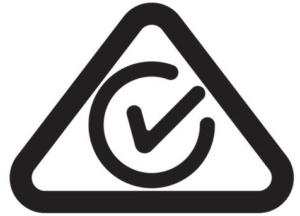 This system requires Australian and New Zealand importers and manufacturers sign declarations of conformity, provide evidence of same and use the RCM mark. It specifically prohibits overseas suppliers signing declarations or placing the RCM mark on products. The intent is that the entity in Australia or New Zealand who imported or manufactured the product is responsible for its compliance.
This system requires Australian and New Zealand importers and manufacturers sign declarations of conformity, provide evidence of same and use the RCM mark. It specifically prohibits overseas suppliers signing declarations or placing the RCM mark on products. The intent is that the entity in Australia or New Zealand who imported or manufactured the product is responsible for its compliance.
The fact that an item may have CE or UL compliance and markings does not necessarily mean it complies with Australian or New Zealand Standards.
A compliance record for all items, regardless of level is required. It must be in English and may be kept in electronic form. Records must be available for inspection within 10 working days of receiving an inspection notice from ACMA. Records must be kept for 5 years after the importer/manufacturer ceases to supply product in the market.
The following elements make up an EMC compliance record:
Product Description
- Current model name and number and if relevant any related model numbers.
- The version of any software or firmware incorporated into or supplied with the product where changes in these may affect the compliance of the product with the technical standard
- ACMA also suggests a photograph of the product illustrating its internal and external aspects including printed circuit boards.
Test Report
- Indicate the product type, model, and batch number of the item under test
- The name of the testing agency, the standards tested to, the tests conducted and the test results.
Technical Construction File
Documentary evidence that includes a report produced by a competent body assessing the product against the requirements of the applicable standard. The file must:
- Identify the product being assessed
- Identify the applicable standard against which the product was assessed
- Includes a statement by the competent body that in their opinion the product tested complies with the relevant standard.
Declaration of Conformity
A declaration signed by the supplier asserting that the product being supplied is compliant with the applicable ACMA technical standard and that all products of that type supplied in the future will also comply with that standard. A sample declaration can be downloaded from the ACMA website here
Compliance Levels
There are three levels of compliance for EMC. The evidence you are required to obtain to demonstrate the product complies with the applicable EMC standard varies with each level. The higher the level, the greater the risk of interference presented by a non-compliant product. The greater the risk, the more stringent the testing and record-keeping requirements are to demonstrate compliance. Be careful to make sure that you correctly identify which level applies to the product in question.
Compliance Level 1 – Low risk
Low risk items are those that emit very little or zero EMF. An example of a low risk device would be an SM58 microphone. It is not mandatory to affix the ACM mark to Level 1 items. The only record required is a description of the product. If the RCM mark is attached, then a Declaration of Conformity is also needed. Whilst there is no requirement to hold a test report for level one items, you need to be confident that the product complies with the applicable standards. ACMA suggest including the manufacturers performance specification documents for the product in your record.
Compliance Level 2 – Medium risk
A device is a medium risk device if it contains 1 or more of the following:
- Switch mode power supply;
- Transistor switching circuit;
- Microprocessor;
- Commutator;
- Slip ring motor;
- Electronic device operating in a switching mode or a non linear mode.
Most of the electronic equipment used in our industry falls into the Level 2 category.
For a Level 2 medium risk device a supplier is required to keep the following records:
- Description of the product
- Complete and sign Declaration of Conformity for each product
- Test report or a technical construction file prepared by a testing body.
The testing body can be a laboratory that has the equipment, resources, and technical capability to conduct testing to an applicable standard. Examples of testing bodies include: an in-house laboratory or a testing facility that does not hold an accreditation.
Compliance Level 3 – High risk
A high-risk device is a device in which radio frequency energy is intentionally generated and/or used in the form of electromagnetic radiation for the treatment of material.
The requirements for Level 3 are the same as Level 2 other than the testing laboratory must be accredited by NATA – National Association of Testing Laboratories or by a NATA MRA Partner. An MRA Partner is an overseas regional accreditation cooperation with which NATA has an agreement for the mutual recognition of test reports. I suspect lasers and similar items come under this category, but I am unable to confirm at this time.
- Van Veen 3-Dimensional Loop Antenna Used for measuring radiated emissions
- Conducted emissions testing 9KHz to 30MHz under CISPR15 using a Line Isolation Stabilisation Network
Wireless microphones and signal transmission equipment will be dealt with in a future article.
Read Part 1 – ‘Compliance for Australian Entertainment Products’ here
This article first appeared in the September 2018 edition of CX Magazine – in print and online. CX Magazine is Australia and New Zealand’s only publication dedicated to entertainment technology news and issues. Read all editions for free or search our archive www.cxnetwork.com.au
© CX Media
Read the Set:
Part One – Compliance for Australian Entertainment Products (Aug 2018)
Part Two – EMC: Electromagnetic Compatibility (Sept 2018)
Part Three – Electrical Safety (Oct 2018)
UPDATE – ACETA Solves the Compliance Issue (CX Dec-Jan 2018)
Subscribe
Published monthly since 1991, our famous AV industry magazine is free for download or pay for print. Subscribers also receive CX News, our free weekly email with the latest industry news and jobs.


